Though the market has changed throughout my career, the same questions always seem to come up. Here are a list of common Questions and Answers:
Q: Is there a time frame in which I need to build?
A: The short answer is, not that I’m aware of. I have seen special circumstances, however. For example, in the unlikely chance that a homeowners association might allow someone to build a guest house before a main house, they might require a home to be constructed within a certain time frame. The valley has a pretty poor track record of actually following through with these types of agreements, and most homeowners associations have caught on.
Q: Do I need to do anything with the land such as maintain it?
A: In general, not much. Most subdivisions have an active homeowners association. The HOA will typically take care of the road maintenance, fire pond testing, and other similar maintenance requirements and tasks. The most common exception is with respect to noxious weeds. While many developments have an agreement with a farmer for the open space or unused areas of the development, some do not. If you receive notice from the county, you may be required to hire a company to spray the weeds such as musk thistle. Even if you don’t, they will, and can assess your tax bill. Fortunately, the cost of weed spraying is usually pretty affordable.
Q: What are the holding costs like?
A: Here again, usually, pretty affordable. There are two primary categories of expense including property taxes and homeowners association dues with the occasional special assessment or local improvement district (LID) fee. The first two are fairly common and obviously vary depending on the location and amount of amenities within the subdivision. Fortunately, most websites (including ours) display property taxes and HOA dues on the listing detail page. Some properties take advantage of an agriculture tax rate in the event the property is being used for ag purposes (and is over 5 acres), in which case the taxes can be extremely negligible. Other fees such as the aforementioned special assessment, LID or other fees are rare, but can come about for road maintenance, utility improvements or other projects usually related to infrastructure.
Q: What can I do with the property before I build?
A: This depends, but the biggest determining factor is whether or not the property is in a subdivision with covenants and restrictions. A big one that comes up is whether or not you can camp on your property. While some associations may allow it, I would think it should be generally assumed that they do not. For properties outside of a subdivision there are still some regulations. I have written several articles that can be found on my blog website related to what you can do with your property, what it’s like to be part of a homeowner’s association in the area, and more.
Q: Tiny Homes, Rentals, Campers?
A: Here again, the subdivision layer is the first step to research. Most subdivisions have a home size requirement in the range of 1,800 square feet, but I have seen them as small as 0 to 600 SqFt and is large as 2,600 SqFt. HOAs can also restrict short-term rentals via the covenants and restrictions. Though the county’s position is subject to change, smaller homes are generally allowed so long as they are permitted and built in accordance with the current building codes. RVs and campers are always a contentious subject, so make sure to follow up with the county or city on that one. To summarize, It’s always a good idea to find a real estate professional that understands the local market. I’ve heard a number of stories about Buyers that didn’t have the resources, tools or professional insight to make an informed purchase and later discovered that the property or the rights associated with the property were not what was expected. We’ve been selling real estate for a long time in the area and have great resources available to our customers when it comes to information about developments, requirements and subdivision documents and would love to help!
